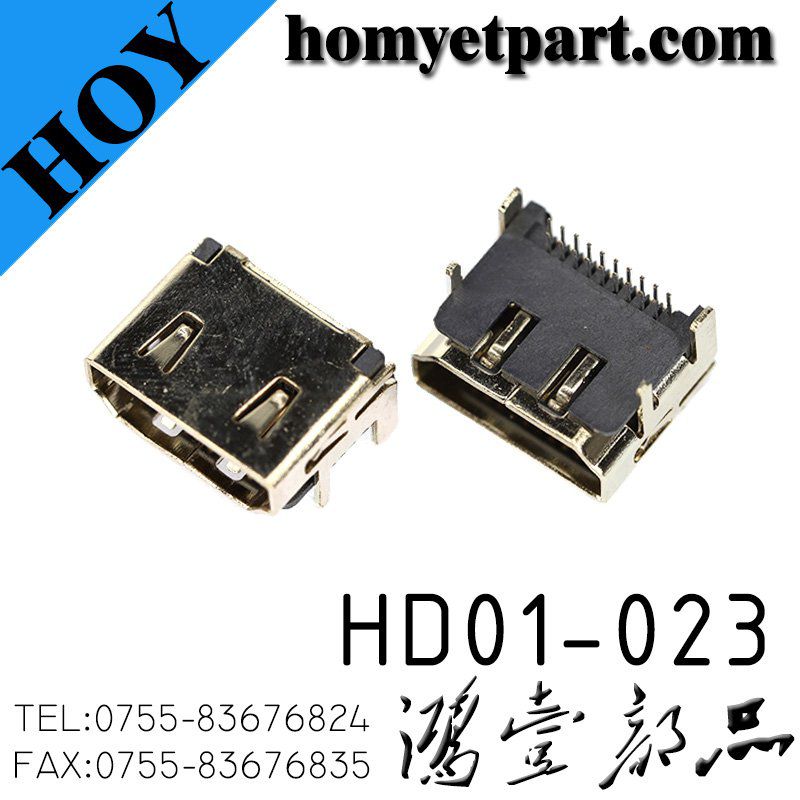HDMI stands for High-Definition Multimedia Interface, a standard for simultaneously transmitting digital video and audio from a source, such as a computer or TV cable box, to a computer monitor, TV or projector. Originally developed by a consortium of electronics manufacturers, it has been widely adopted with almost all televisions and computer monitors supporting the interface. Do you know What HDMI features are?



Transition-Minimized Differential Signaling (TMDS)
When digital data is transmitted, especially over long distances, it is susceptible to noise and signal loss. TMDS is a way of encoding an HDMI signal to protect it from interference as it travels from source to receiver.
Consumer Electronic Control (CEC)
This feature allows a user to control up to 15 connected HDMI devices using one remote controller. Most TVs and streaming devices support CEC but it may be turned off by default. Manufacturers sometimes refer to CEC using their own branded term (e.g. Anynet+, Viera Link) so it may not be apparent that your device supports it.
High-Bandwidth Digital Content Protection (HDCP)
This authentication protocol allows a sending and receiving device to verify each other's credentials and, if every checks out, create a shared key that is used to encode and decode the data passing between them. This process, known as a handshake, happens almost instantaneously at the beginning of a session and ensures that an unauthorized device cannot intercept the data as it travels between two devices. In the United States, HDCP support is mandated by the Federal Communications Commission (FCC).
Display Data Channel (DDC)
The HDMI interface includes support for VESA DDC, a set of protocols that allow a source (a computer's graphics card, for example) to ask a monitor what audio and video formats it can handle, and adjust settings on the monitor, such as brightness and contrast. The information exchanged by a source device and a display is called Extended Display Information Data (EDID) and is transmitted through the Display Data Channel.
Color Spaces and Deep Color
A color space is a defined range of colors that can be represented in an image. The two primary color spaces used to represent digital video are RGB and YCbCr. Two important characteristics of a color space are Color Depth and Gamut. Color Depth is the number of bits used to represent the color of a single pixel and determines the amount of shading or gradation. Gamut refers to the number of colors available.
Audio Return Channel (ARC)
Most TVs connect to a sound bar or AV receiver using an optical cable. ARC enables a TV to send audio back to a sound bar or AV receiver through the same cable that delivered the HDMI signal to the TV. In other words, video and audio to the TV and audio back to the sound bar.
Know More to Buy HDMI
Homyet Parts Electronics is a national high tech enterprise and we committed to providing customer with one-stop passive electronics component solutions for decade. Create an elegant user experience for customers with our superior data visualization technology advantages, clear at a glance. Achieve customers need as fast as possible, continuously provide more intimate services for customers. If you are looking for a reliable merchandise of HDMI, welcome to contact us! We hope to establish a good cooperation relationship in the future.


























